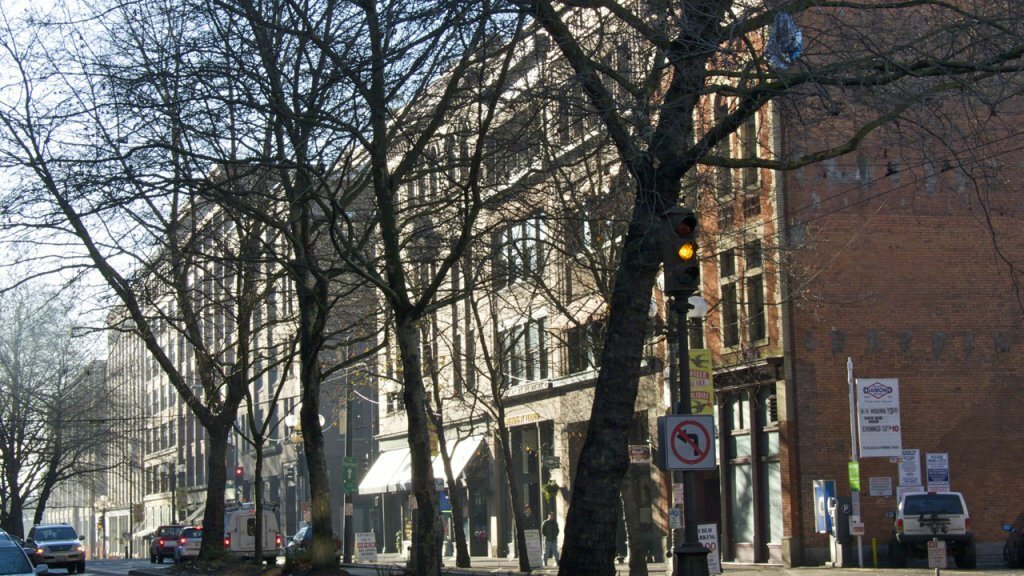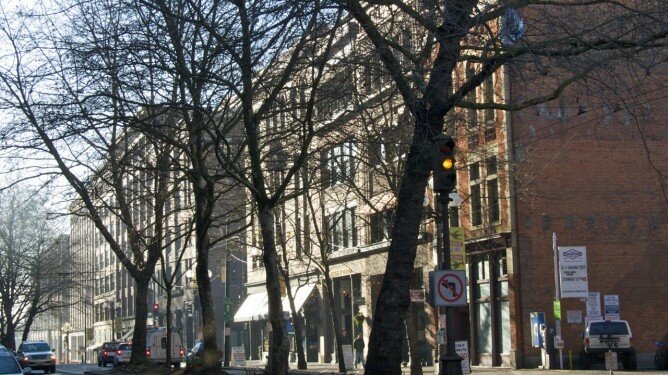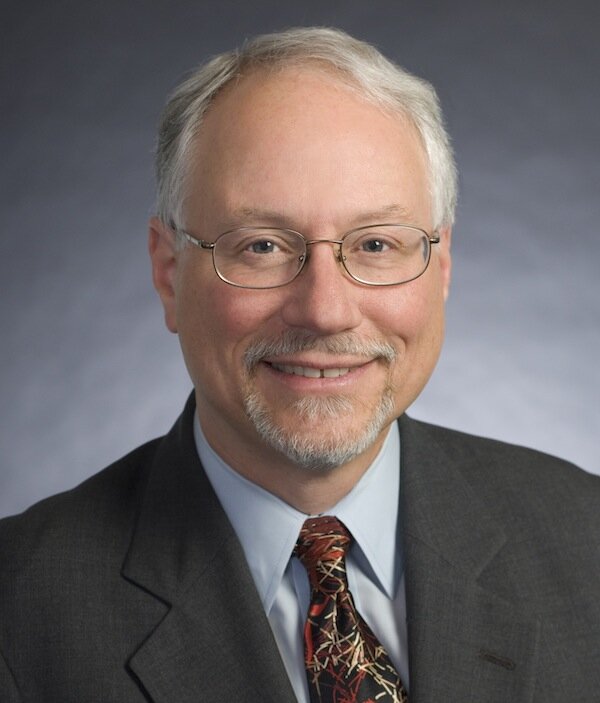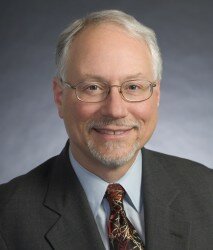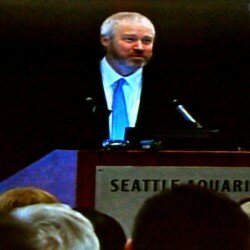
Yesterday the Mayor and the City Council agreed on something, which is that the rent parking at Pacific Place was too damn high.
The good news for bargain parking shoppers is that overall parking rates at Pacific Place downtown have been reduced 20 to 60 percent for the first three-and-a-half hours of parking. Evening rates now top out at $6 total, and there will be a game day special of $6 for major sporting events if you show your game ticket.
The new rates, below, went into effect as of June 1, 2011, and will remain good through September 30, at which point, presumably, they’ll be renewed if they have worked to bring the cars back to their traditional spawning grounds at Pacific Place.
- $2 for 30 minutes (previously parkers had to pay $5 for one hour, with no 30-minute rate);
- $3 for one hour (this is nearly half of the old rate);
- $5 for two hours (reduced from $7);
- $7 for three hours (reduced from $9 – more than a 20 percent discount);
- A cap of $6 for evenings (previously, people paid more for stays of more than four hours);
- A cap of $10 on weekends;
- A “game day special” for fans of the Mariners, Sounders, Seahawks and Huskies, where they will pay $6 if they arrive no more than three hours before the game. Fans then ride convenient light rail and buses from the Pacific Place Garage and avoid the game traffic.
That is good news for SIFF attendees, since they still have half a fest to go, and can possibly get in and out for the $5-for-two-hours rate if they sprint ($7 if they need to use the restroom). Out of curiosity, I checked with the AMC Pacific Place guest services desk, to see if the theatre might begin offering even an hour of validation, but it’s not something they’re talking about at the moment.
This is a good decision: The back story on why it needed to be made is here. The garage at Pacific Place had been wildly popular for years, and the city raised rates until it wasn’t, and began losing money to competing parking options. The city has a stake in the garage’s success, because we are paying for the debt incurred in its construction, and lately it has been costing the city over $1 million per year from the General Fund to service that debt. (That’s more of a liquidity crunch “cost” because the debt will be paid off, eventually, and the garage will be delivering its revenue still. In the longer run, it’s a money-maker.)


